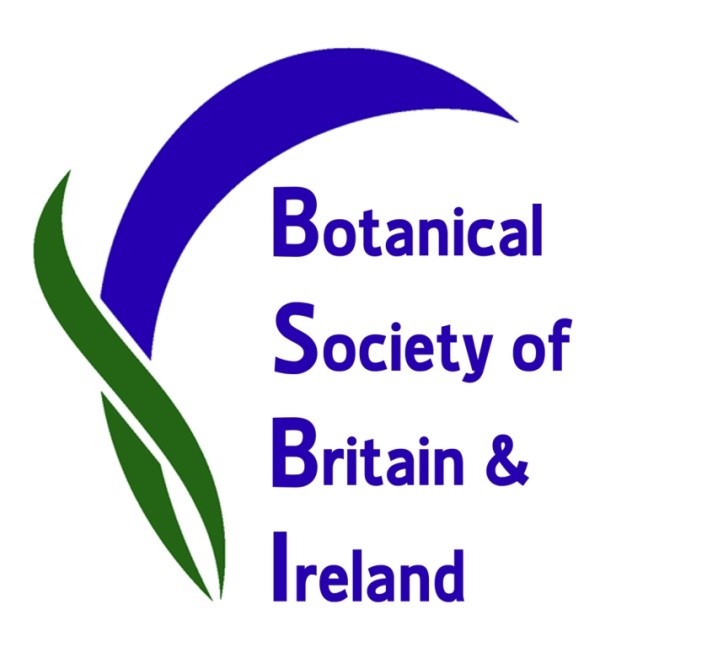Dumfriesshire Botany Group at Tarras Water, 18th June 2023
Seven of us met at the car park just north of Tarras Lodge on the northern section of the Tarras Nature Reserve. Langholm Initiative had been able to complete the purchase of this second part of the Langholm moors in the previous year meaning that the Tarras Nature Reserve now extends to 10,500 acres or 42 square kilometres! We attempted to cover two of these as fully as we could on this fine summer day but aim to continue to survey the new reserve to give the Reserve as good a botanical baseline as possible.
This part of the Langholm Hills lies along the Tarras Water which, given the long dry spell, was still flowing strongly. This says something about the large catchment up onto thick blanket bog on the highest hills at Roan Fell. In fact the Tarras Reserve now includes all of the Tarras catchment rising in these hills. The upland plateau with blanket mire has been deeply dissected by numerous cleuchs. Water emerging on the hillside flushes carries some extra nutrients. In a few areas exposed rock also create different conditions and this enriches the variety of plants to be found.
We started recording in the first square (NY4087) straight from the car park. The road more or less skirts the river here but the river bank is dominated by bracken making access limited. Nevertheless the grassland beside the road on the more level ground is largely unimproved with a mix of acid and neutral and in places of flush species. A good growth of Pignut Conopodium major was largely past flowering. The mix of grasses with Crested Dogs-tail Cynosurus cristatus, Red Fescue Festuca rubra, Mat-grass Nardus stricta, Quaking-grass Briza media and Perennial Ryegrass Lolium perenne indicates the kind of mixed influences on the sward.
On the riverside in a few places where access was possible we could see that the Tarras has cut down into the bedrock and created mini rock gardens. On these there were good growths of Rough Hawkbit Leotodon hispidus, Wood Crane’s-bill Geranium sylvaticum, Lesser Spearwort Ranunculus flammula,Tufted Forget-me-not Myosotis laxa and the Tall Fescue Schedonorus arundinaceus. Clumps of Monkeyflower with more coloured petals than usual are Coppery Monkeyflower Erythranthe x burnetii. This is a hybrid of E. guttatus and E. cuprea and only found on this stretch of the Tarras so far in Dumfriesshire.
The slopes east of the road are steep, have a good deal of broken rock and scree and bracken patches. Progress here has to be slow and careful. There is a good ongoing development of willow scrub on parts of this slope mostly of Eared Willow Salix aurita looking like the early stages of native woodland development. We explored some parts of the lower slope particularly where the ground was flushed. Here swathes of Sharp-flowered Rush Juncus acutiflorus mixed with Bog Asphodel Narthecium ossifragrum and plenty of Heath Spotted-orchid Dactylorhiza maculata. Marsh Valerian Valeriana dioica was still in flower in places. Perhaps the best find was a single flower of Heath Fragrant-orchid Gymnadaenia borealis. This has not been recorded on the Dumfriesshire side of the Langholm Hills before.
Lunch was taken by the Tarras just into the next square (NY4088). This spot has a flush with Broad-leaved Cottongrass Eriophorum latifolium, Tawny Sedge Carex hostiana, and Few-flowered Spike-rush Eleocharis quinquflora but it was very dry following the prolonged drought. On the banks of the Tarras here were good spikes of Northern Marsh-orchid Dactylorhiza purpurella adding to the colourful display on the rocks.
Just beyond Arkleton Cottage is a small bridge that gives access to a marshy meadow. This is an unusual habitat and nice to walk through. It was relatively dry on this visit but in a past visit it was very wet. On this occasion it was being grazed by a heard of wild goats. There were about 60 of them in all in the meadow and around the cottage. These have been on these hills for a long time but will need some control on their numbers in due course if trees are to be planted. The meadow also had snipe chipping. It has a lot of Brown Sedge Carex disticha, Water Horsetail Equisetum fluviatile and in the wetter areas has Bogbean Menyanthes trifoliata.
We recrossed the Tarras via the bridge and explored the opposite slope. An area of willow scrub had previously had leaves of Globeflower Trollius europaeus in open areas but we could not find these and the willow might have expanded and shaded these out. This species is present further up the valley in small quantity. We worked our way further up the slope alongside a cleuch and reached a higher level. We then headed north at this level and on crossing a small tributary burn came across a good sized patch of a Forget-me-not. This was pale and small flowered but quite tall. It looked initially like the hybrid between Myosotis secunda and Myosotis stolonifera, M. x bollandica. However close examination suggested the early setting of seed which would rule out the hybrid. Following a closer look we are calling this Pale Forget-me-not Myosotis stolonifera. Again this is a first record for the Dumfriesshire side of the Langholm Hills.
As we slowly lost height to get back to the road we crossed a more grassy slope with Bulbous Buttercup Ranunculus bulbosus, Spring Sedge Carex carypphylla and Mountain Pansy Viola lutea. Yet again the Mountain Pansy is the first record for this species on the Dumfriesshire side of the Langholm hills.
Our finds show that the new Tarras Reserve needs further botanical exploration as it looks likely that more new species will be found.
Chris Miles
BSBI county recorder for Dumfriesshire VC73 – see bsbi.org/dumfriesshire

